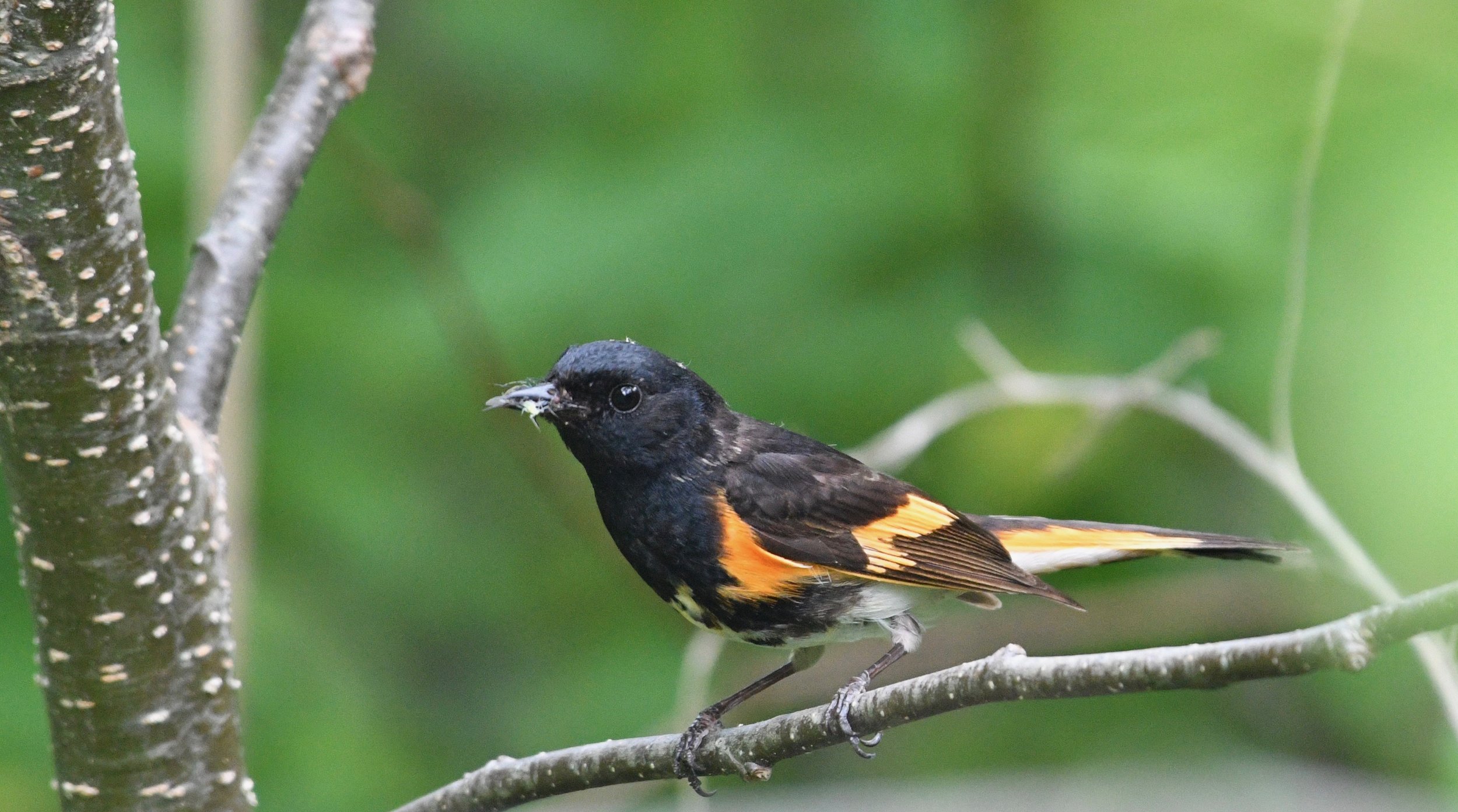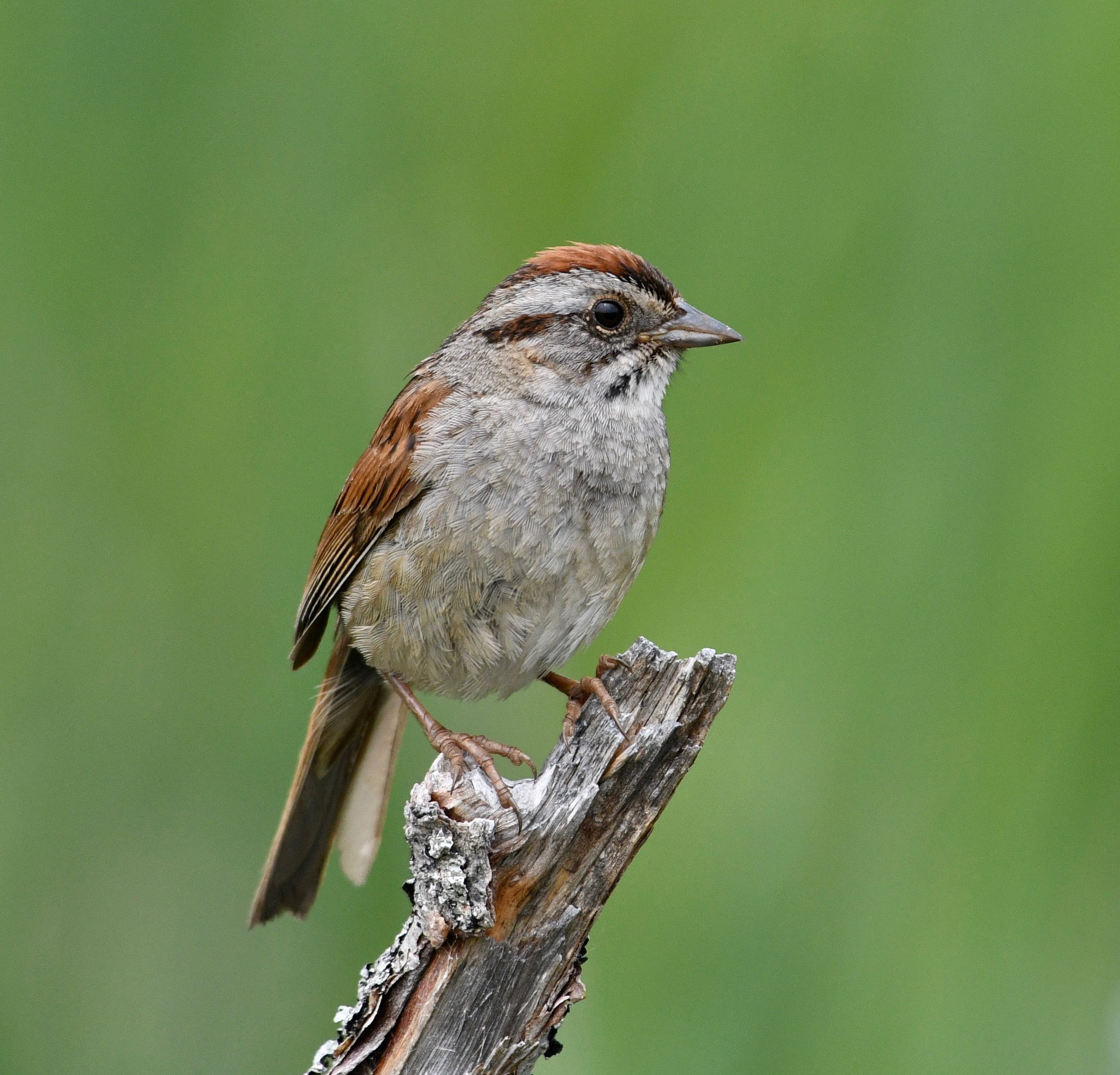By: Lu Carbyn
As individuals, we may feel powerless to change the big picture. Yet even so, I am a great believer in the power of the individual – something my students had to listen to me expounding about, on many occasions! People can make a difference.
My professional life as an ecologist has centered for many decades on the study of charismatic megafauna – wolves, bison, swift foxes and other mammals. Wolves are doing very well, so are the bison – migratory birds are not. Why? The North American downward trend, both in numbers and in species, is alarming. Some causes are obvious, others are not so clear, but they certainly include the loss of nesting habitat in the northern hemisphere, destruction of winter ranges in the south, loss of staging areas during migration, cats, window strikes, pesticides, climate change, urban sprawl, and the list goes on.
I have personally witnessed the loss of that diversity on three different continents. I have likened this process to the “sinking of the Titanic”: the ship is going under, but a few life boats are still available. Something can be salvaged if we put our minds, and more importantly, our resources to it.
As a former co-owner of The Wildbird General Store™ for 16 years, my wife and I used that retail outlet for promoting avian conservation on many fronts, most importantly for teaching young and old about bird identification. Donating the Lu Carbyn Nature Sanctuary to the Edmonton and Area Land Trust is another step along the way of fostering such awareness about conservation. It also gives me great satisfaction to leave this world a bit better for my children, my grandchildren and their grandchildren. We need conservation of private land to complement good stewardship of public lands. To do that, we all have to make sacrifices – not always easy, but in the end, rewarding in other ways.
The Lu Carbyn Nature Sanctuary helps form a larger protected zone near the Lily Lake Natural Area (three quarter sections in size) together with several other public and private conservation lands in the area. It enhances the conservation potential of the avifauna circulating amongst a host of small lakes, as well as three larger lakes in the vicinity (Wabamun, Lac St. Anne and Lake Isle). Evidence of this is the presence, every year, of Common Loons and Trumpeter Swans feeding on the ponds – these birds are likely nesting nearby. This area’s mix of protected private lands, interspersed with well managed public lands, will provide in a small way, one of those critical lifeboats for migratory birds.
The Lu Carbyn Nature Sanctuary also provides opportunities to teach visitors of all ages about bird identification. The land has a very diverse mix of habitats, with a variety of excellent trails, some very scenically located on top of eskers. It is not unusual to encounter 50 or more species of birds on relatively short hikes in late May. The lands are an excellent place to practice identification skills for all those who are interested, including students. In the future, with co–operation of adjacent land jurisdictions, the possibility exists to extend the conservation values into a larger setting.
Years ago, I helped protect the Clifford E. Lee Nature Sanctuary. Many individuals were involved and their legacy has grown and extended over time. Every time I visit that site, it gives me great satisfaction to know that 3 generations of visitors (including a former federal Minister of the Environment) have made that a place of inspiration and enjoyment. The Lu Carbyn Nature Sanctuary is now an opportunity for another such venture. In doing so it is going to be important to extend respect and due consideration to the landowners surrounding the sanctuary. It will be important to get their support in making this an important place for all, into the future. I hope the Lu Carbyn Nature Sanctuary will be managed in such a way that it will always be cherished by existing and future generations I am very grateful for the leadership shown by Pam Wight and the Board of Directors of EALT, to have this area set aside, as part of the Edmonton and Area Land Trust efforts to make this a better world for conservation.







